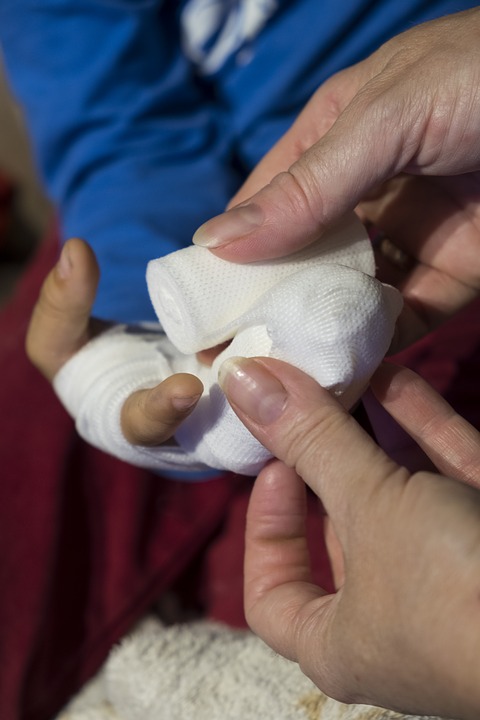Child injury prevention at home
 A third of children injuries occur at home. While suffocation is the number one cause of death for toddlers, older children also are at risk of suffering unintentional injuries that can be deadly. Because children are spending most of their time at home, it is important for parents to understand how to proprely childproof their home. The most common and dangerous accidents leading to children injuries in the house are drownings, burns, poisonings and falls. Therefore while childproofing their home, parents should identify the high-risk zones:
A third of children injuries occur at home. While suffocation is the number one cause of death for toddlers, older children also are at risk of suffering unintentional injuries that can be deadly. Because children are spending most of their time at home, it is important for parents to understand how to proprely childproof their home. The most common and dangerous accidents leading to children injuries in the house are drownings, burns, poisonings and falls. Therefore while childproofing their home, parents should identify the high-risk zones:
Any water area such as bathtub, jacuzzi, pools but also toilets, sinks and other receptacles that can contain water such as buckets should be protected. While infants are the most at risk to sink in their bath, young children have the highest risk of drowning in pools. Drowning often leads to death. Children who survive a drowning often suffer brain injuries. Parents should be aware that children drowning can happen quickly, silently and without splashing even in very small amounts of water. Adult supervision should be constant when children are taking a bath or playing with water. Potentially dangerous areas need to be protected as young children are attracted by water but are not conscious of the inherent risk. Additionally parents should be aware that diapers can also be a cause of danger near water as they can quickly fill up with water, increasing the risk of drowning.
Areas with heat or flame such as kitchen, fireplace or BBQ can result in dangerous burn injuries if children are left alone near them. Children should not only never be left unattended in a room when heating items are in use but parents should also make sure to block access to the stove, the fireplace, the radiators or the space heaters. Hot spills can also lead to burns. Parents should never handle hot liquid while holding a child or near a child. While cooking, the handles of the pots should be turned toward the rear of the stove and its preferable to use back-burners whenever possible. Any hot device should be kept out of reach of children and so should electrical cords. Electrical outlets should be covered. The use of a cold mist humidifier is also a wiser choice to protect children from burns. Other common sources of children burns are bath water and food. Parents or care givers should always put their own hand in the bath to make sure the temperature is ok and test food first before giving it to your child.
Prevent child poisoning by securing any area that contains toxic substances. Avoid storing cleaning products under the sink. Make sure your child can’t access the medicine cabinet. Make sure any dangerous products stored in the garage or the shed are out of reach. Additionally never leave your medicine in your purse or in the pockets of your clothes.
Precautions at home can also reduce the risk of fall. Equip stairs with safety gates. Young children beds also need to be secured with safety rails. Make sure floors are not slippery. Anti-slip rugs on the floor and applying mats or decals in the bathtub or shower can prevent dangerous falls. Parents should also make sure children don’t play near decks, balconies or open windows. Infants should never be left unattended on changing tables and high chairs. Furniture should be secured with anchors so they cant fall on children. According to statistics a child is treated every 30 minutes from falling TV injuries. Baby walkers are not recommended as they are also a common source of fall injuries for children. Nightlights should be used to prevent children from tripping or falling at night.
Additionally firearms and weapons should always be kept out of reach.
Sometimes even if parents take all precautions to childproof their house, injuries can still occur. Parents should know how to provide first aid to children including CPR. They should also make sure to have important phone numbers handy.
https://www.bnsc.org/home-safety/safety-topics/child-safety/childproofing
 New York Personal Injury Attorneys Blog
New York Personal Injury Attorneys Blog


